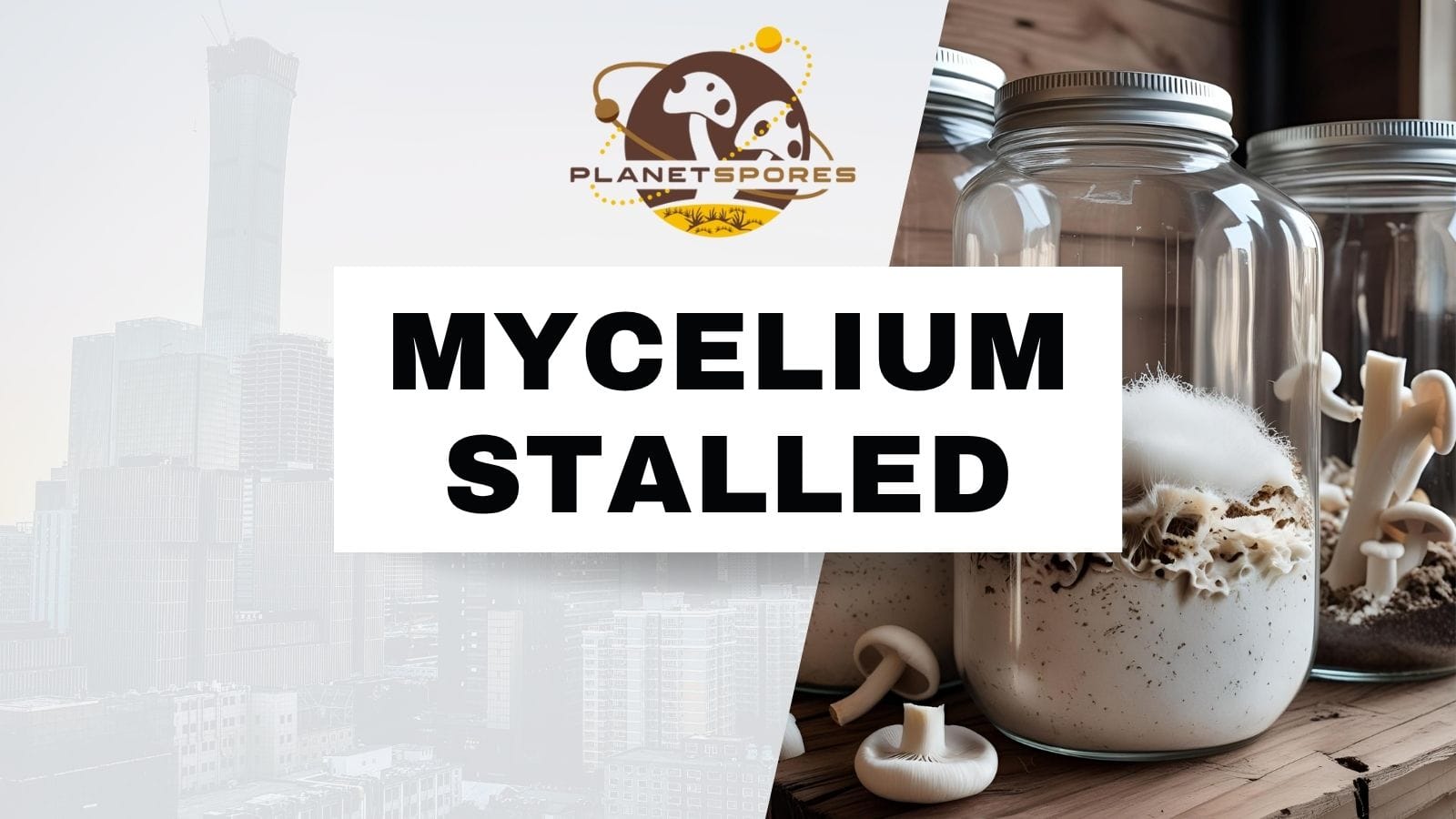
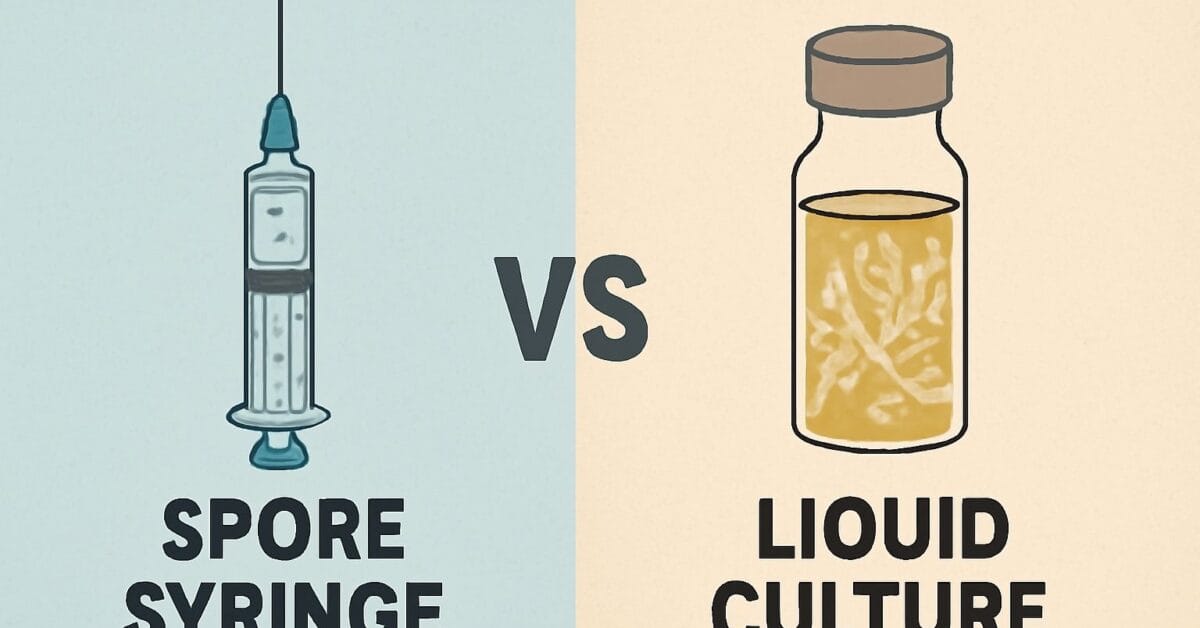
In today’s age of wellness, where food and medicine intertwine more than ever, mushrooms have carved out a niche in the conversation about superfoods. These flavorful fungi, native to East Asia, have been used in culinary traditions and healing practices for centuries. But beyond their delicious umami flavor, mushrooms pack a serious nutritional and medicinal punch.
From boosting the immune system to reducing cholesterol and even supporting cancer prevention strategies, incorporating mushrooms into your diet can profoundly impact your health. As we uncover their benefits, we’ll also delve into the fascinating world of Mushroom Genetics, which helps explain why these humble fungi are so powerful.
A spore syringe is a standard inoculation tool in mushroom cultivation. It contains sterile water with suspended mushroom spores, which are the fungal equivalent of seeds. These spores eventually germinate and develop into mycelium, the root-like structure that forms the foundation of a mushroom.
Spore syringes are made by harvesting spores from a mushroom’s spore print, suspending them in sterile water, and storing the solution in a syringe. Because they introduce genetic variation, they are ideal for experimentation, microscopy, or growing new strains.
A liquid culture is a sterilized solution of water and nutrients (like dextrose or honey) that contains live, actively growing mycelium. When appropriately used, mushroom liquid culture allows for faster colonization of a substrate because the mycelium doesn’t need to grow from spores; it’s already alive and well.
An LC syringe is a syringe filled with this live mycelium solution. It’s typically used to inoculate grain jars or substrates in a clean environment. Liquid culture is ideal for cultivators looking for speed, efficiency, and consistent results.
When comparing spore syringe vs liquid culture, the most notable differences lie in speed, genetic stability, and contamination risk.
In the speed contest of liquid culture vs spore syringe, liquid culture is the clear winner. Because liquid culture already contains established mycelium, colonization starts immediately. With spores, you have to wait for germination, mating, and initial growth before colonization can begin. If you’re short on time or want rapid results, liquid culture is your best bet.
One of the most important considerations when comparing spores vs liquid culture is genetics. A spore syringe contains thousands or millions of individual spores, each with its own genetic makeup. When two compatible spores meet, they form dikaryotic mycelium, which then colonizes the substrate. This process introduces genetic variability, which means your mushrooms may differ in size, shape, yield, and potency.
In contrast, liquid culture can be made from a clone, mycelium taken from a single mushroom specimen. That means every mushroom produced from that LC will have the same genetics, ensuring consistent yields and behavior. If you’re aiming for predictability, LC is the way to go.
Learning how to use a spore syringe is simple and beginner-friendly. Here’s how:
Spore syringes are ideal for inoculating PF Tek jars (brown rice flour and vermiculite) or grain jars and work well in environments without a laminar flow hood or advanced lab gear.

If you’re wondering how to grow mushrooms from spore syringe, the steps are:
This method is favored by beginners for its ease and affordability.
Using liquid culture requires careful handling but rewards with speed and reliability.
Steps:
Colonization usually begins within a few days, making this a faster alternative to spores.
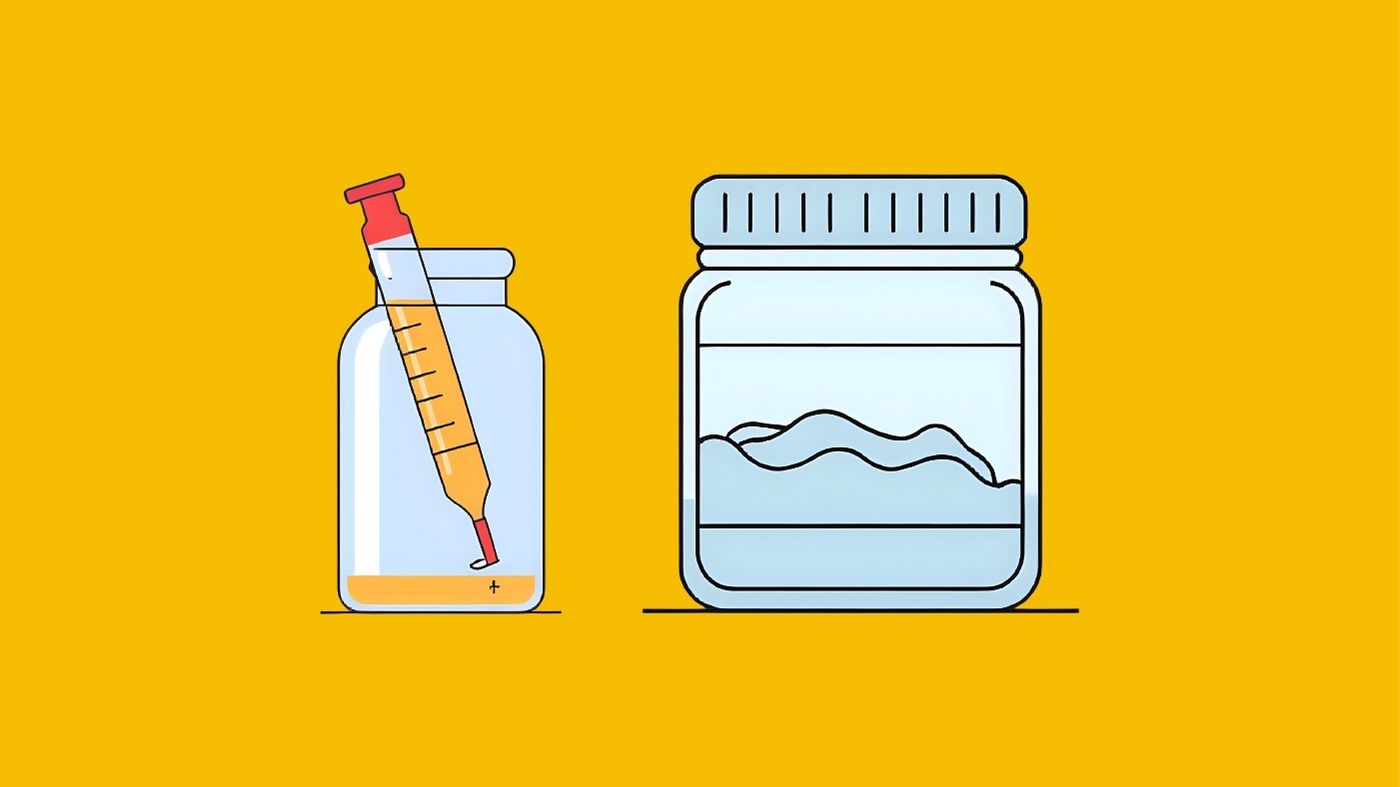
Proper storage is essential to keep your LC viable. Here’s how to store liquid culture:
Stored properly, most liquid cultures remain viable for 2 to 6 months. Some may last up to a year, but viability decreases over time.
If you’re wondering how long do mushroom spores last in the fridge, the answer is surprisingly encouraging.
Spore syringes stored in the refrigerator (at 35–46°F) can last between 12 to 18 months. For best results, use them within 6 to 9 months. Spores tend to remain viable for longer than liquid culture, making refrigeration the ideal long-term storage method.
You might ask, how long do spore syringes last at room temperature? The answer depends on conditions like heat, humidity, and light exposure.
Generally, spore syringes can last 2–3 months at room temperature if kept in a cool, dark drawer. However, viability decreases rapidly if the environment is hot or humid. For best results, always refrigerate.
So, in summary: how long are spore syringes good for?
Proper storage ensures the longest lifespan and best success rates when using spore syringes.
Let’s recap the major pros and cons of spore syringe vs liquid culture:
Spore Syringe Pros:
Spore Syringe Cons:
Liquid Culture Pros:
Liquid Culture Cons:
Use a spore syringe if:
Use liquid culture if:
Many experienced cultivators start with a spore syringe, use it to grow a mushroom, then take a tissue sample to grow out a clone in mushroom liquid culture. This gives you the best of both worlds: the genetic diversity and discovery of spores, with the consistency and efficiency of LC.
The liquid culture vs spore syringe debate has no universal answer. It all depends on your priorities. If you’re learning, experimenting, or looking for a longer shelf life, spore syringes are your best starting point. If you want speed, consistency, and have sterile procedures in place, liquid culture is the superior method.
Whether you’re growing for fun or scaling up for efficiency, knowing the difference between spores vs liquid culture, and understanding how to use a spore syringe or how to store liquid culture, puts you on the path to cultivation success.
Happy growing!

What began as foraging for mushrooms deep in the woods as a child has graduated to growing mushrooms, eating, cloning, writing, and now spreading the love of mushrooms to the world.
Be the first to know when your favorite products go on sale, when new products are released, and when we publish new guides.

Growing mushrooms can be incredibly rewarding until your mycelium stalls. You’ve inoculated your jars or substrate, and now you’re staring at the same patch of
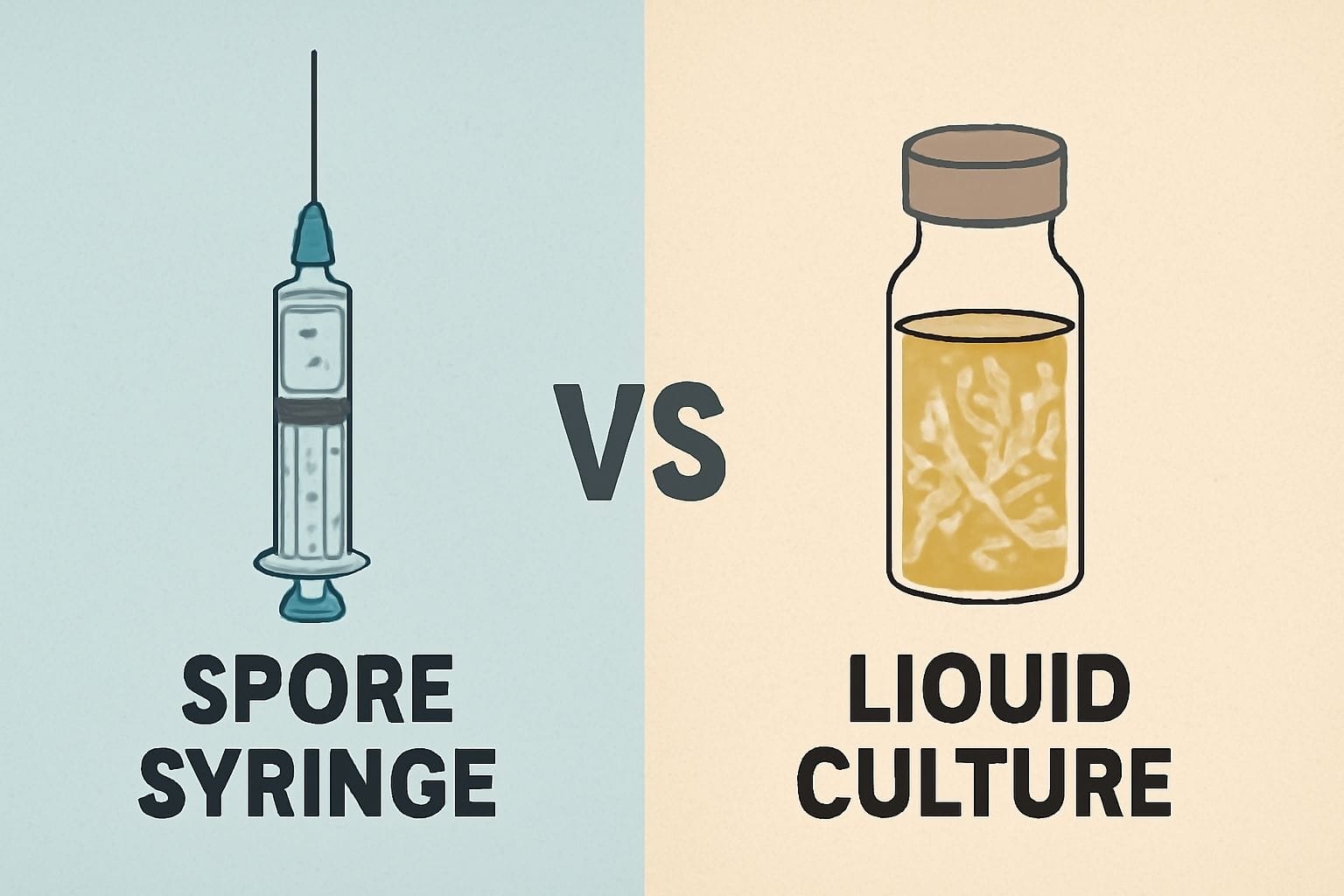
In today’s age of wellness, where food and medicine intertwine more than ever, mushrooms have carved out a niche in the conversation about superfoods. These

Summary: Pet owners’ awareness of quality care keeps rising as they explore holistic methods that focus on preventive care, natural healing practices, and pet well-being.
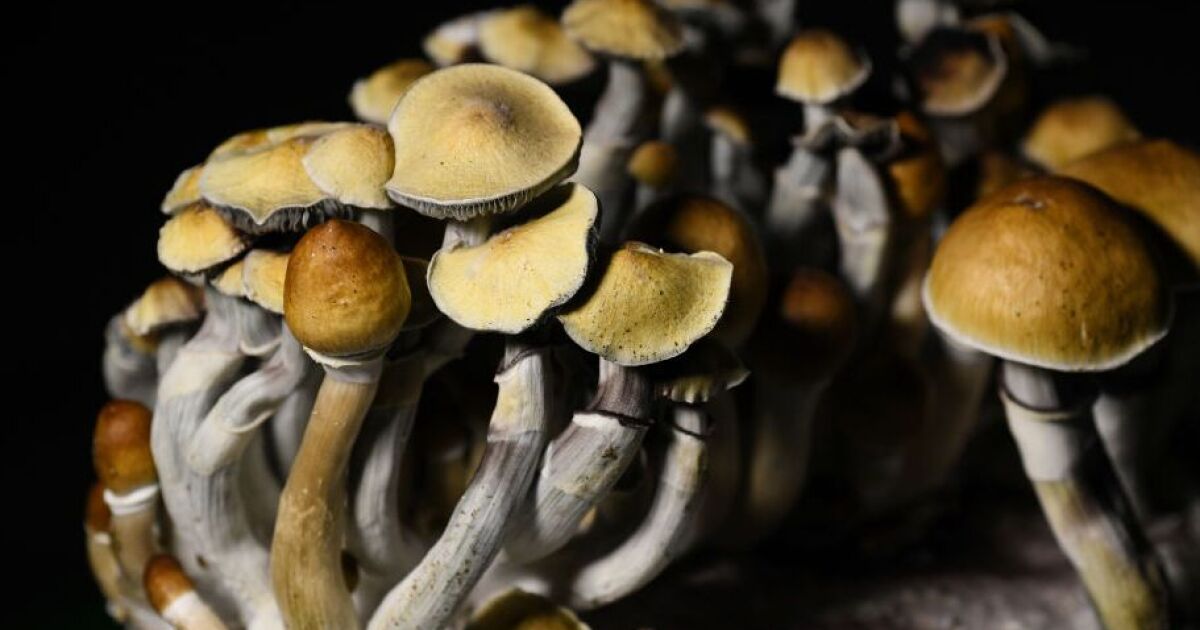
In today’s fast-paced world, mental well-being has become a top priority for individuals striving to find balance amidst the pressures of daily life. Engaging in